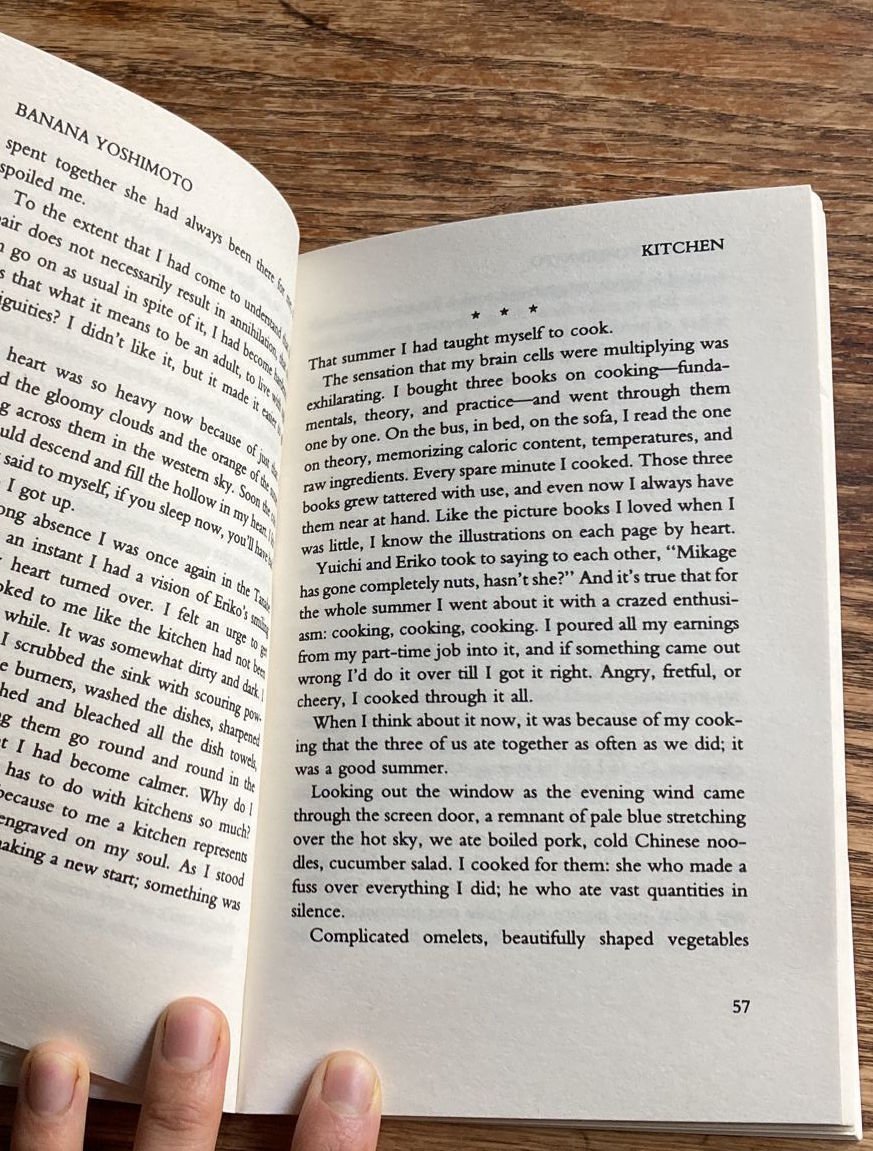FIG. LIBRARY: BOOK RECOMMENDATIONS
Winter is just the time to do something about that growing tower of unread books you’ve been accumulating.
The following is a list of books, read and recommended by some of the lovely people we’ve had the pleasure to work and spend time with in the past year.
If “read more books” was part of your new year’s resolutions, these insights might offer additional motivation!
‘Wintering’ by Katherine May
read & recommended by Hadas Cnaani
Knowing what's hidden underneath our armor is a very big question, even between a person and his/her own feelings. Keeping up appearances is something we learn to do from a very young age. In 'Wintering' written by Katherine May, we are taken on a journey through months and landscapes, mental and physical. We get to take a sneak peek into her emotional plains.
It's not easy to say what we really feel like, but it's important to teach our kids and ourselves to explore the depth of our emotions. ‘Wintering’ does exactly that, laying open all the layers that keep us protected from feeling.
A really poetic book that allows us to be.
(We also loved this book, and recommend listening to Katherine May as a guest on ‘On Being’ with Krista Tippett.)
‘Pure Colour’ by Sheila Heti
read and recommended by Zsuzsanna Toth (Gaia Feed)
After ‘Motherhood’ and ‘How should a person be?’, Heti‘s most recent book is a digestible progress of her thought patterns and ideas that are both brutally real, and artfully complex. It might not give answers, but it forces entertainable and essential questions.
‘Three books’ by John Ashbery
read & recommended by Ben Graves (Toys and Techniques)
These are my favorite Ashbery poems. They are very languid and relaxed, very simple, and many of them are about picnics or sex. I like that he often mentions salads and uses words like "yeah." Lately I read a few of these poems before bed, either these or Wanda Coleman.
"This mulch for play keeps them interested and busy while the big, vaguer stuff can decide what it wants."
'On Connection' by Kae Tempest
read & recommended by Hannah & Tiny (Paule Josephe)
We’re quoting the first three sentences from the book which are self-explanatory as to why we like it so much.
"This is a book about connection. About how immersion in creativity can bring us closer to each other and help us cultivate greater self-awareness. About how fine-tuning the ability to feel a creative connection can help us develop our empathy and establish a deeper relationship between ourselves and the world."
‘Kitchen’ by Banana Yoshimoto
read and recommended by Sadaf Malyar (Noshi Jon)
“In the elevator on the way up, Yuichi said, "Of course there's a relationship."
"Between what?"
"Don't you think that seeing such a beautiful moon influences what one cooks? But not in the sense of 'moon-viewing udon', for instance."
Weirdly, the stages of loss as described by Yoshimoto, make me hungry for food in the middle of the night.
‘How to do nothing’ by Jenny Odell
read & recommended by Kathe Kaczmarzyk (Amiralsgatans Speceributik)
Whenever I look at people sitting in a cafe or walking down the street these days, everyone has their faces pressed up against their phones. The addictive technology of the attention economy, where people’s most precious asset, their time, is constantly being fully consumed.
’How to Do Nothing’ is not about “doing nothing”, instead, it is an invitation to stop and do “nothing”, so as to look at the world around us and learn about it.
It’s not about completely separating ourselves from technology and escaping into nature, it’s about finding the right balance, to start noticing ourselves, our thoughts, and the people around us. It’s about our place in the world not being separate from nature, and how much our lives depend on it.
‘How to Do Nothing’ emphasizes how we could start solving the problems that our world is facing, and how we can help one another in the process.
Many good reminders to the self!






